I started working on this project because I thought it would be a fun project as it has some unique challenges, and it gave me the chance to make heavy use of my newly acquired 3d printer. I wanted to build a compact machine that would sort skittles accurately and quickly. I thought of the idea to use rotating discs to move the skittles to separate bins because it allowed me to make a more compact design. Here is the video of it in action:
You may notice that there are some skittles that don't get sorted into the bins. Those are calibration skittles that are used to calibrate the sensor every time it starts up. You can actually sort different flavors of skittles by replacing the calibration skittles with whatever flavor you want to sort.
 Nathan Peterson
Nathan Peterson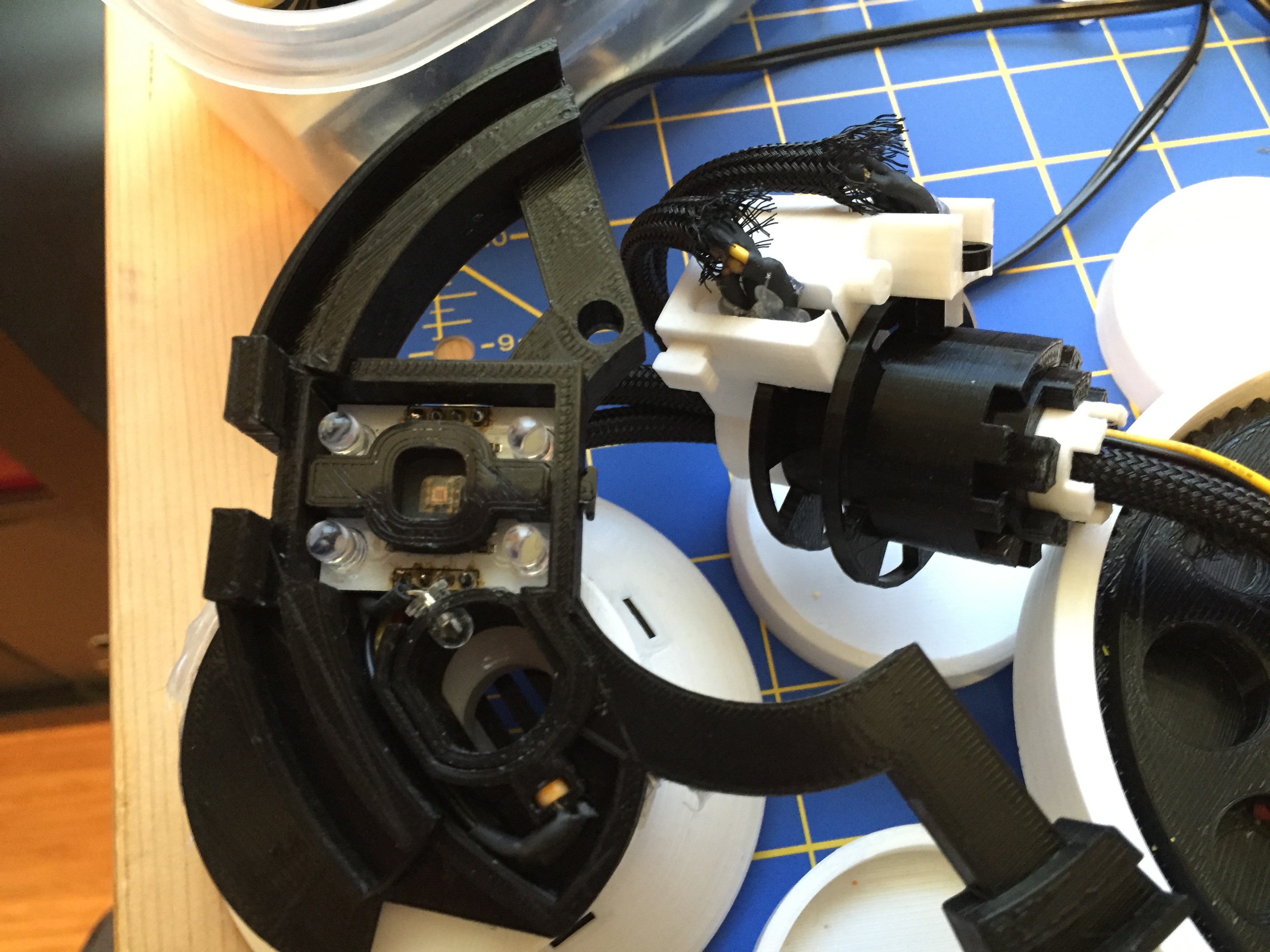
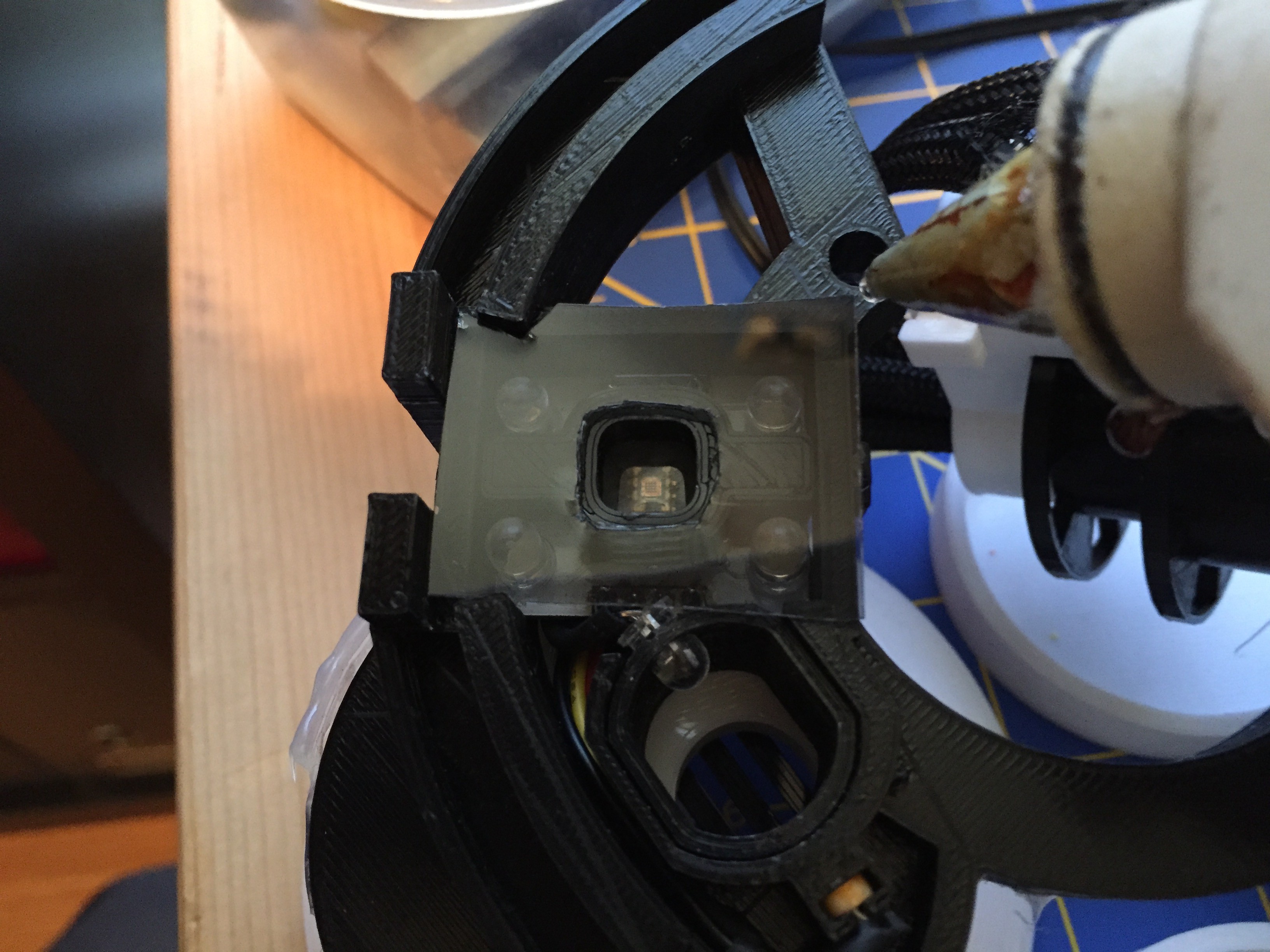
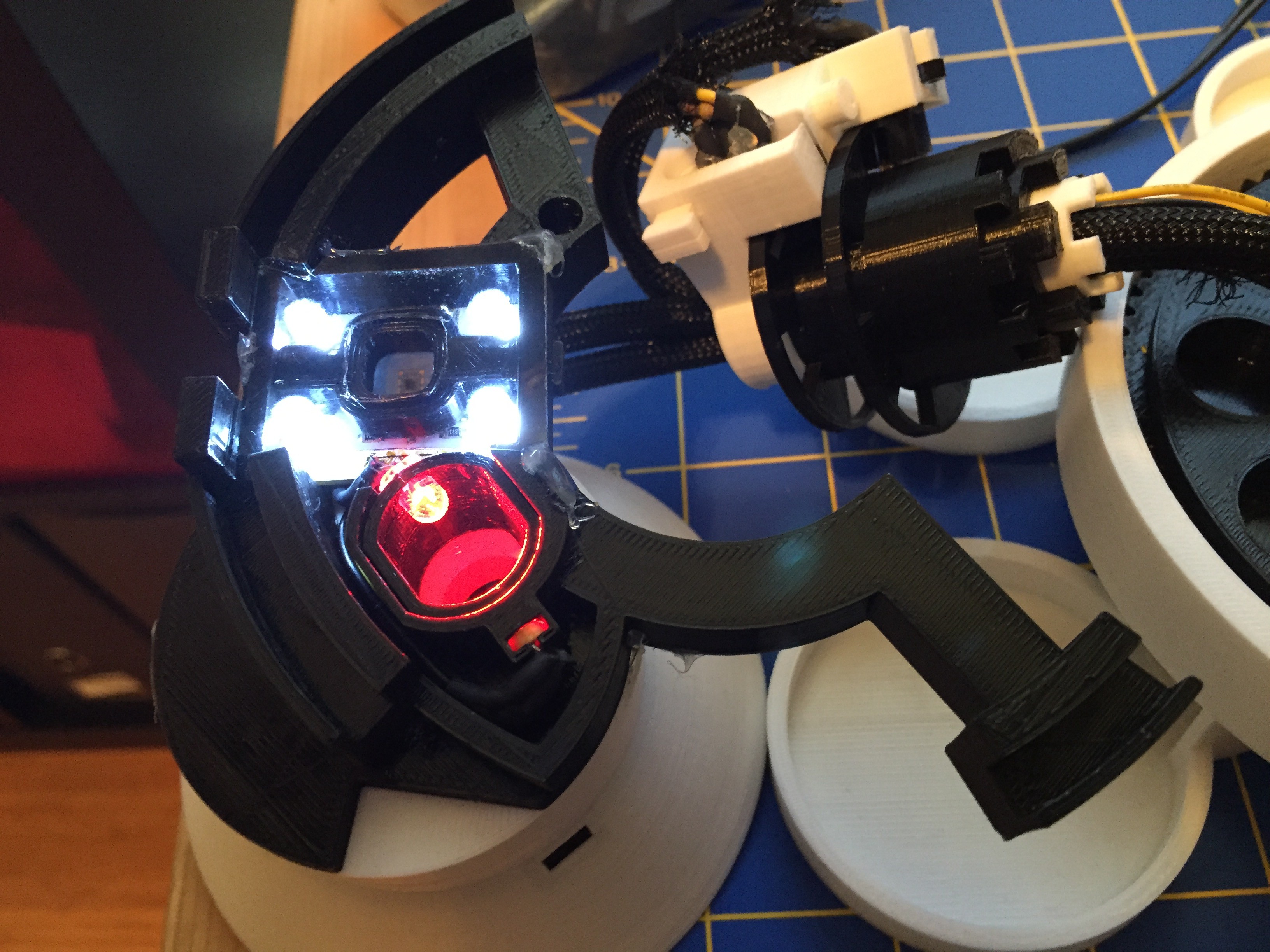
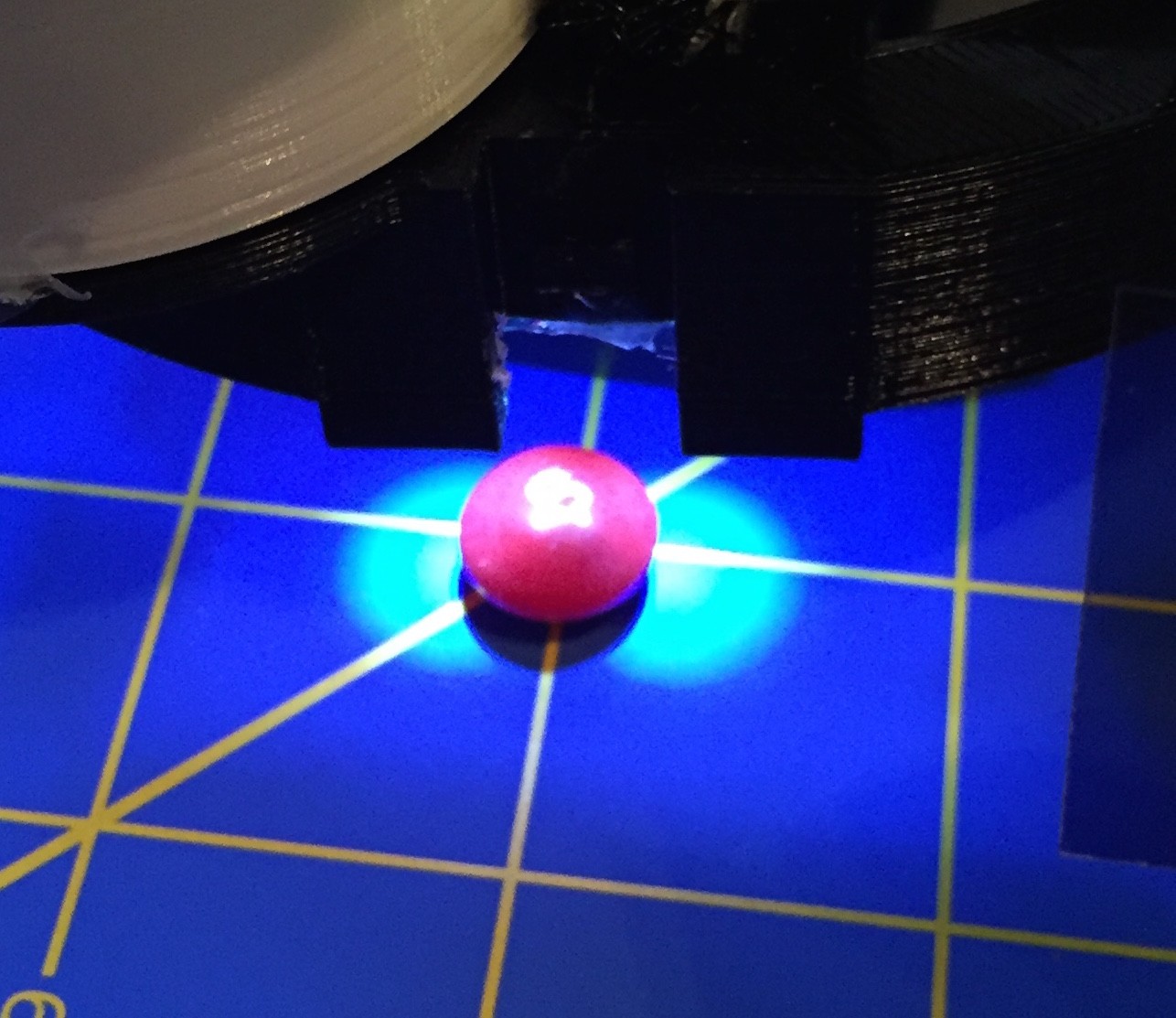
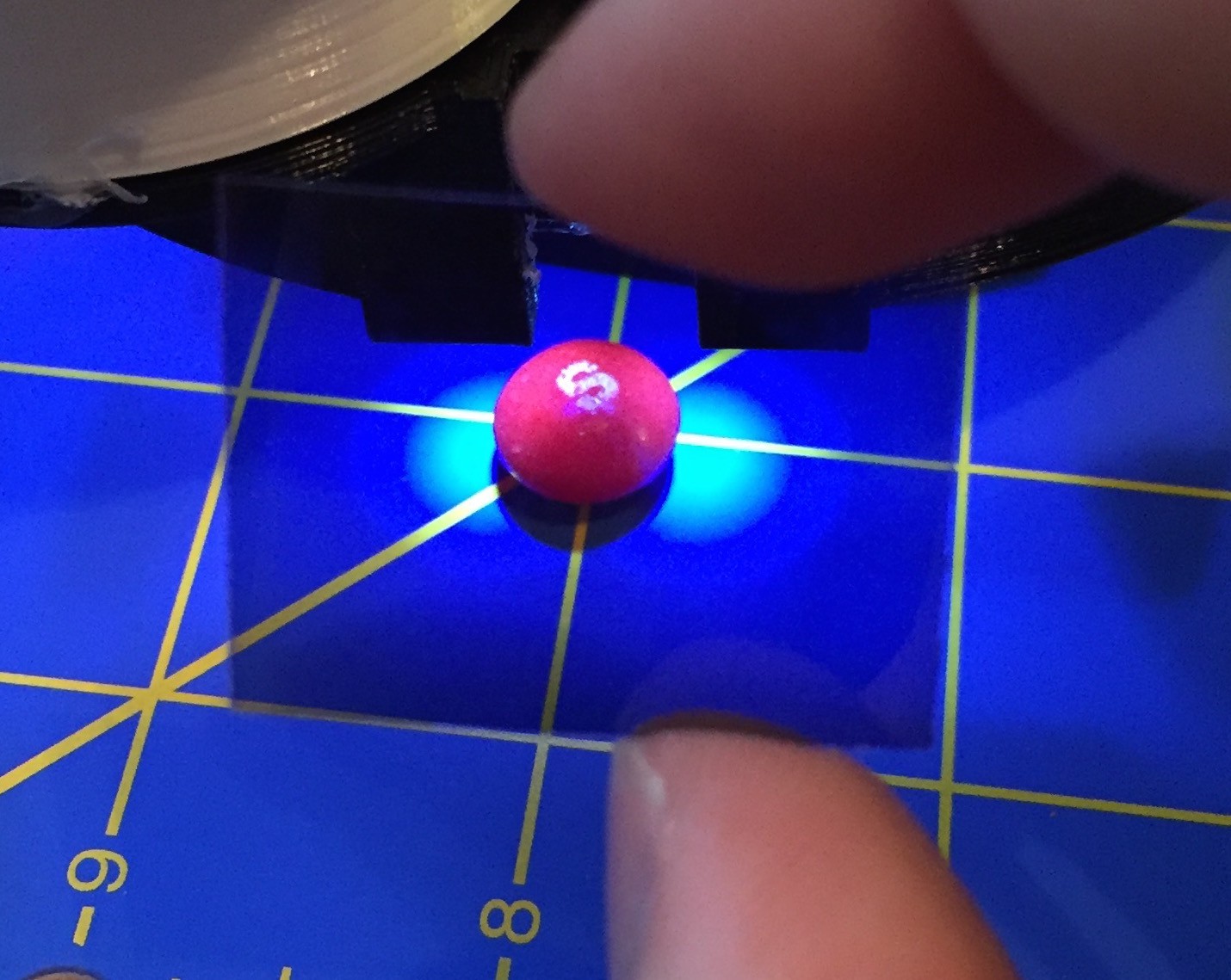
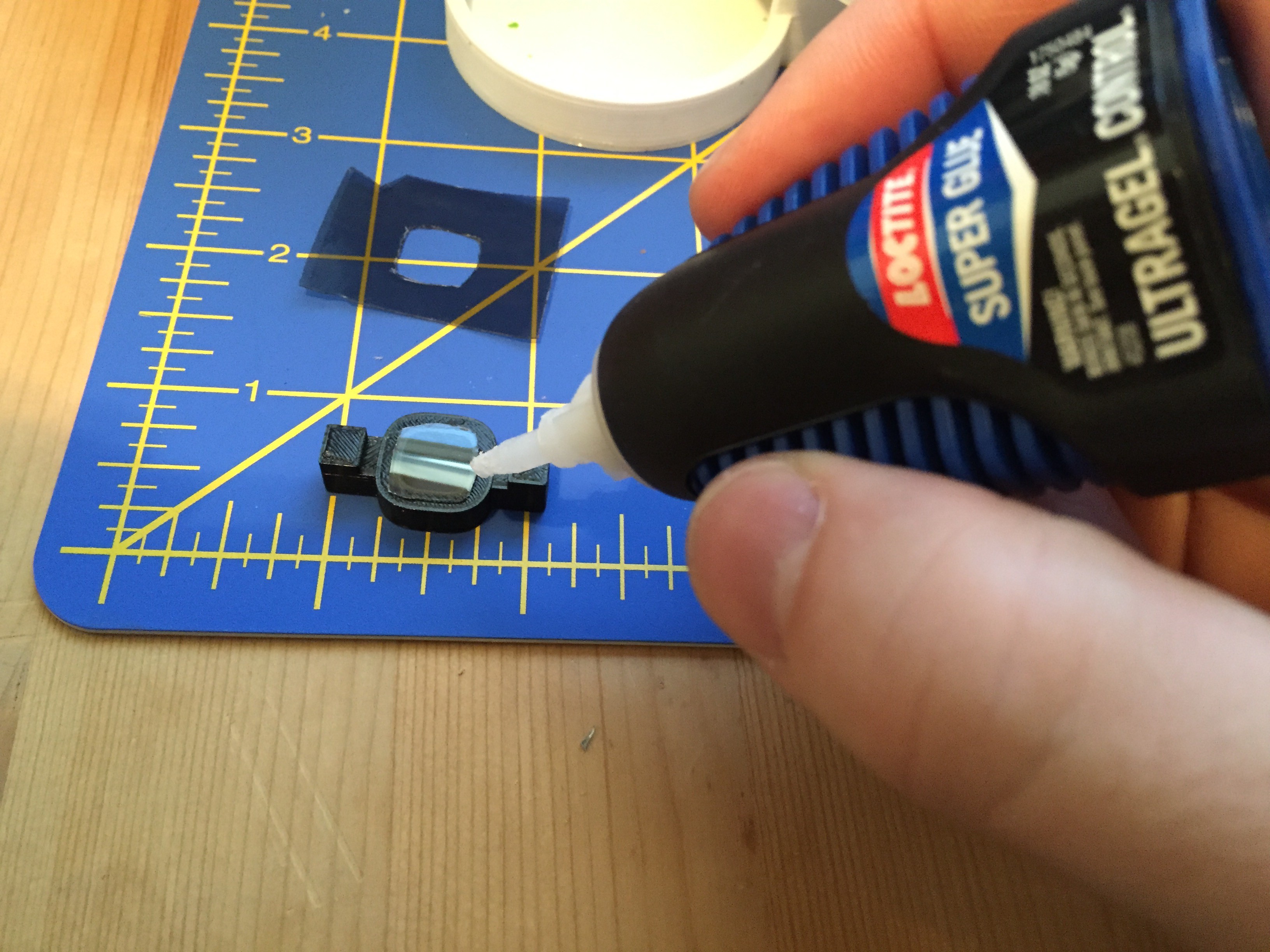
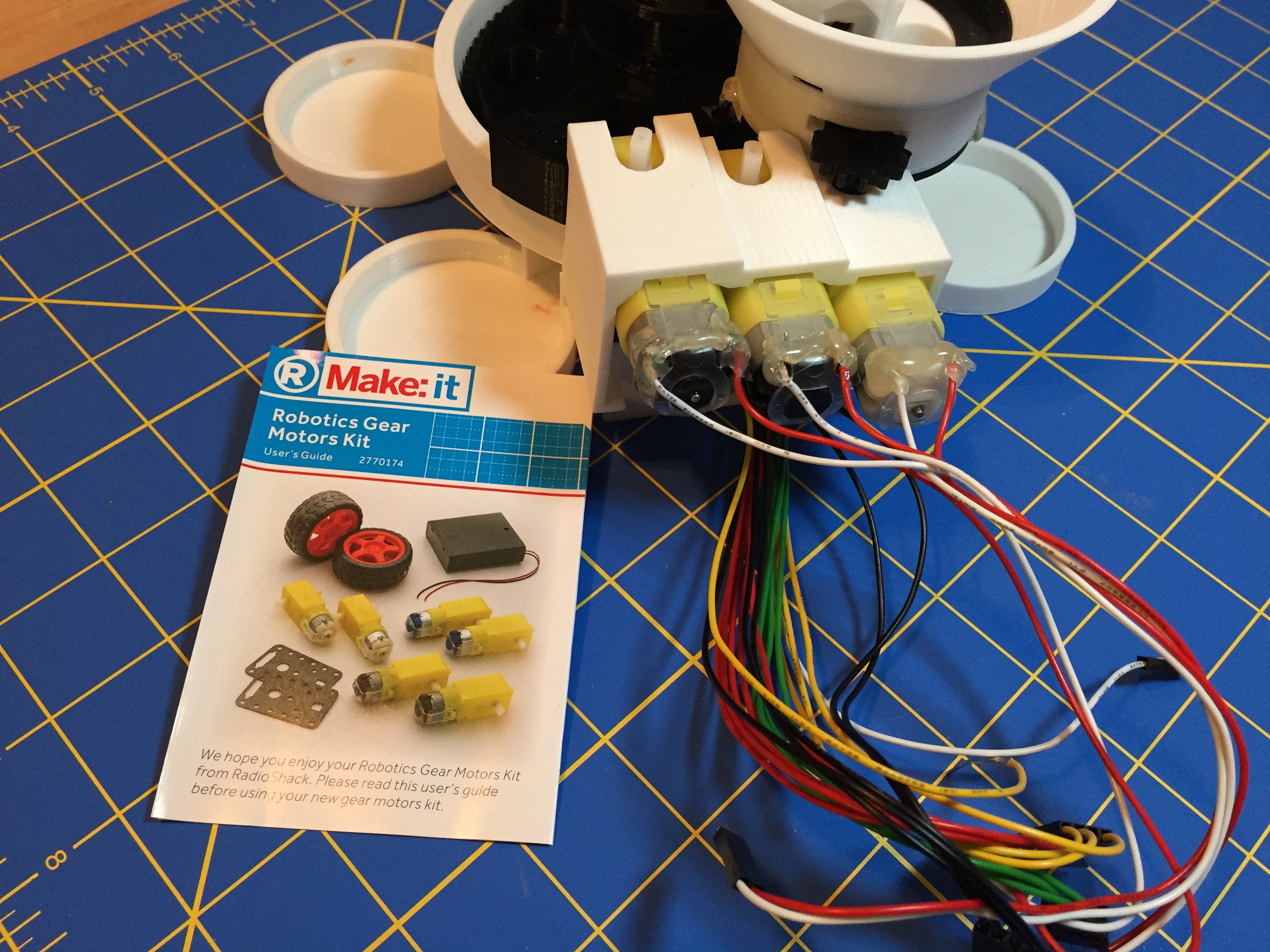
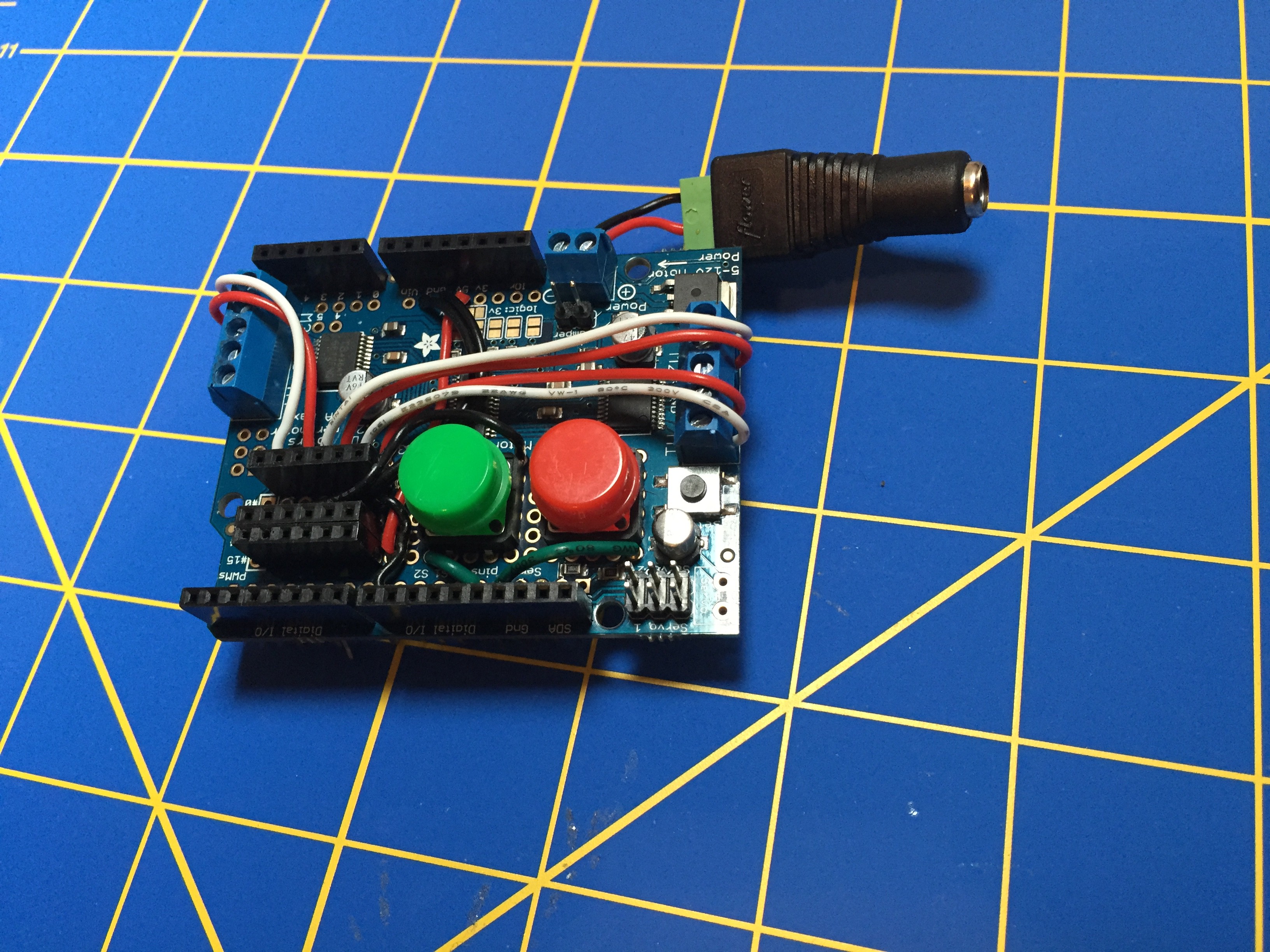
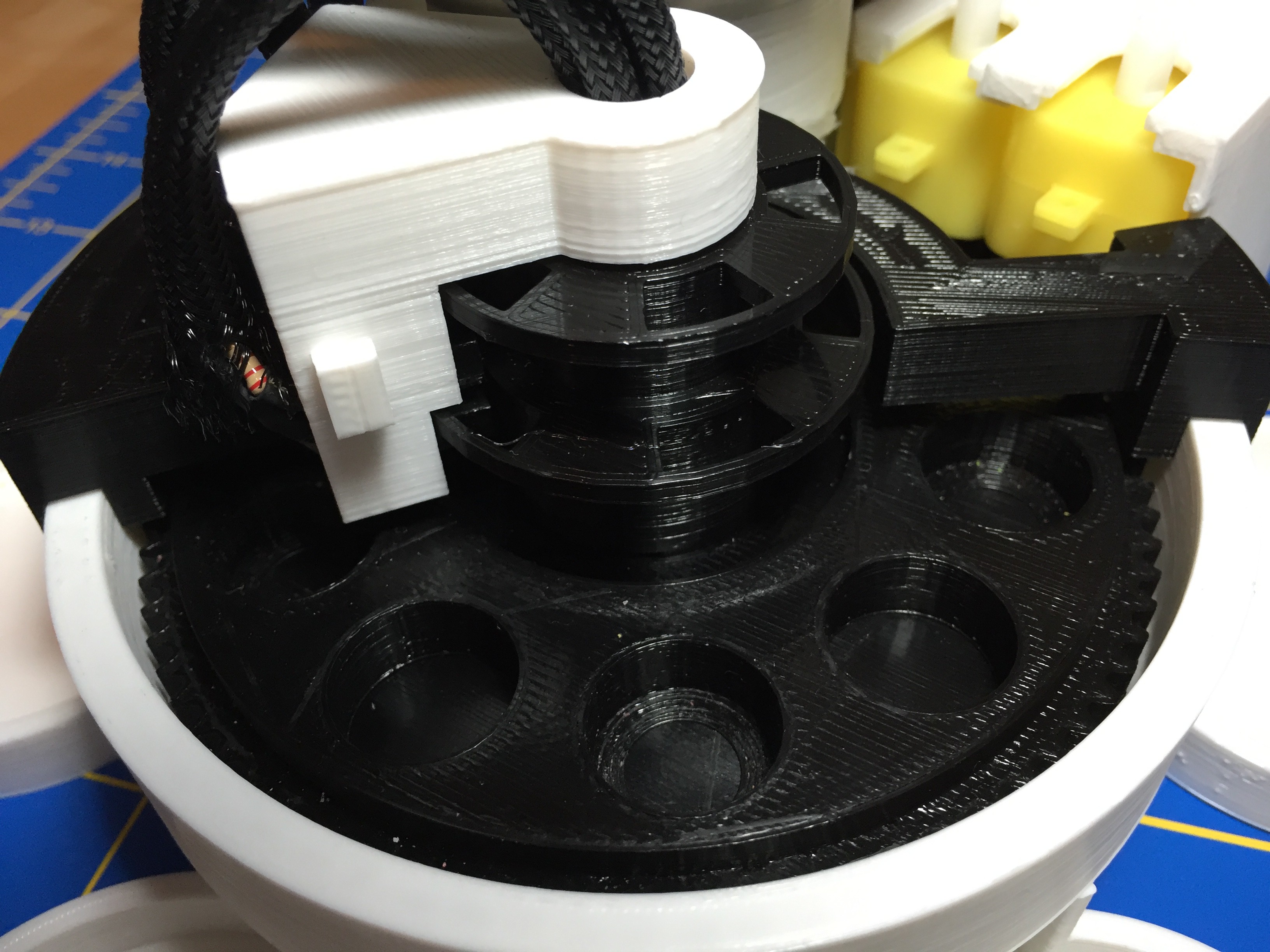


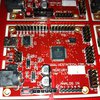

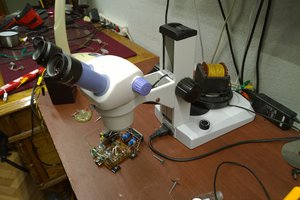
 DeepSOIC
DeepSOIC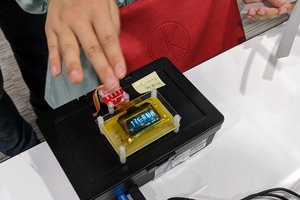
 Takahiro
Takahiro
 Plandeka
Plandeka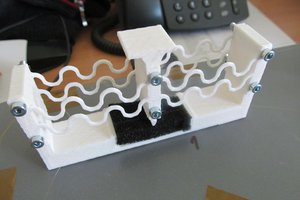
 jaromir.sukuba
jaromir.sukuba
Hi! I want to do a sorting machine as you for my school projet but I'm wondering which sensor I should use ? I thought about taking the same as you before seeing this post, but regarding on your experience I'm not sure if I should take it... Do you know something which can work the same way ? I found this: ADA1334 but I wanted your advice first :)
Thank you !